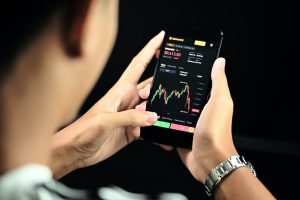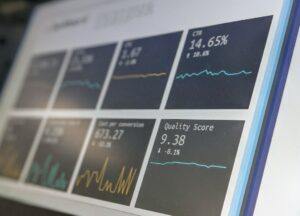When it comes to forex trading, one of the most important aspects is understanding the different types of orders that can be placed. Among these are the buy stop and buy limit orders. These orders are used to enter the market at a specified price, but they have distinct differences in terms of when and how they are used.
Before delving into the differences between these two order types, it is crucial to have a basic understanding of what they actually are. A buy stop order is an instruction to buy a currency pair at a price above the current market price, whereas a buy limit order is an instruction to buy at a price below the current market price. Both orders are executed when the market reaches a specific price level, but they are used in different scenarios.
The buy stop order is typically utilized when a trader expects the price of a currency pair to break through a certain level of resistance. For example, if the trader believes that the price of USD/EUR will rise above a particular resistance level, they will place a buy stop order above that level. This order type allows traders to enter the market only when the price confirms a bullish breakout, reducing the risk of entering prematurely.
On the other hand, the buy limit order is employed when a trader anticipates the price of a currency pair to retrace or pull back before continuing in the direction of the current trend. For instance, if a trader identifies a strong uptrend in GBP/USD but expects a temporary dip, they will place a buy limit order below the current market price. This order type enables traders to enter the market at a more favorable price, taking advantage of potential retracements.
The choice between using a buy stop or buy limit order depends on the trader’s analysis of the market situation and their trading strategy. Traders who prefer to trade breakouts and enter the market when a price level is breached often opt for buy stop orders. These traders believe that a breakout signifies a strong momentum and provides a high probability of continued upward movement in price.
Conversely, traders who prefer to wait for retracements or pullbacks before entering the market tend to use buy limit orders. These traders believe that buying at a lower price will not only enhance their potential profit but also reduce their risk by entering the market at a more favorable price level.
It is worth noting that both buy stop and buy limit orders come with certain risks. In the case of buy stop orders, there is a risk of entering the market too late, missing out on potential gains if the price immediately reverses after the breakout. Similarly, with buy limit orders, there is a risk of the price never retracing to the desired level, causing the trader to miss out on the opportunity entirely.
To mitigate these risks, traders can use additional technical analysis tools such as trend lines, support and resistance levels, and indicators to confirm their entry points. By combining these tools with buy stop or buy limit orders, traders can increase their chances of making profitable trades.
In conclusion, the decision to use a buy stop or buy limit order in forex trading depends on the trader’s analysis of the market and their trading strategy. Buy stop orders are used to enter the market when a price level is breached, indicating a potential breakout. On the other hand, buy limit orders are utilized to enter the market at a more favorable price after a retracement or pullback. Both order types come with their own risks, but by employing additional technical analysis tools, traders can enhance their trading decisions and increase their chances of success in the forex market.






